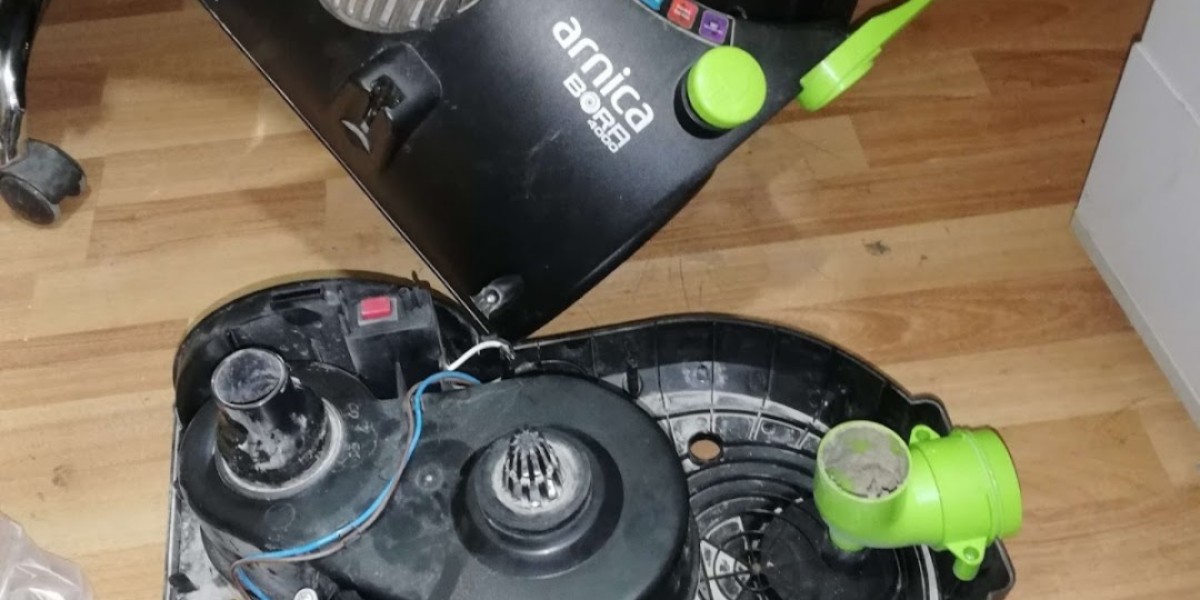How Dry Ice Blasting Works and Why It’s Transforming Industrial Cleaning
Keeping industrial equipment and surfaces clean is critical for maintaining efficiency, safety, and product quality. However, traditional cleaning methods like sandblasting, pressure washing, or chemical solvents often come with drawbacks such as surface damage, environmental hazards, and lengthy downtime.
Dry ice blasting has emerged as a cutting-edge alternative that addresses many of these issues. This technology uses solid carbon dioxide pellets to clean surfaces without abrasion or moisture, making it ideal for delicate and complex cleaning tasks. But how does dry ice blasting work, and why is it becoming the preferred choice in various industries?
Let’s dive into the science behind dry ice blasting and explore the reasons it’s revolutionizing industrial cleaning.
What Is Dry Ice Blasting?
Dry ice blasting is a cleaning technique that propels dry ice (solid CO₂) pellets at high speed onto a contaminated surface using compressed air. The pellets strike the surface, removing contaminants like grease, paint, oil, mold, and carbon deposits.
What sets dry ice blasting apart is the way the dry ice behaves after impact. Instead of turning into liquid, it sublimates directly from solid to gas, eliminating any residue or secondary waste. This means there’s no need for cleanup of blasting media — only the removed contaminants remain.
How Does Dry Ice Blasting Work?
Dry ice blasting combines three main effects to clean surfaces effectively:
Impact Force
The high-velocity dry ice pellets hit the surface with enough kinetic energy to break the bond between the contaminant and the substrate.Thermal Shock
At around -78.5°C, dry ice rapidly cools the contaminant upon contact. This sudden temperature change causes the contaminant to shrink, crack, and become brittle, making it easier to dislodge.Sublimation Expansion
Once the pellet impacts the surface, it immediately sublimates into CO₂ gas, expanding approximately 700 times in volume. This rapid expansion generates micro-explosions that lift contaminants off the surface.
Together, these actions allow dry ice blasting to clean deeply without damaging the underlying material.
Advantages of Dry Ice Blasting
Dry ice blasting offers several key benefits compared to traditional cleaning methods:
No secondary waste: Since dry ice sublimates, there is no leftover blasting media to clean up, only the contaminants removed from the surface.
Moisture-free cleaning: The process doesn’t involve water, making it safe for electrical equipment and moisture-sensitive materials.
Non-abrasive: Dry ice pellets do not erode or scratch surfaces, protecting delicate components and preserving coatings.
Environmentally friendly: Dry ice is made from recycled CO₂ and does not introduce harmful chemicals or produce hazardous waste.
Reduces downtime: Equipment can often be cleaned in place without disassembly, minimizing production interruptions.
Food-safe: Approved by agencies like the FDA and USDA, dry ice blasting is safe for use in food processing environments.
Common Uses of Dry Ice Blasting
Industries across the board are benefiting from dry ice blasting, including:
Food and beverage: Cleaning ovens, conveyors, mixers, and packaging machinery without water or chemicals.
Automotive and aerospace: Removing grease, carbon deposits, and paint from engine parts, molds, and tools.
Electronics and electrical: Cleaning circuit boards, switchgear, and control panels without risk of moisture damage.
Manufacturing: Maintaining molds, robotic arms, and production lines quickly and safely.
Printing: Removing ink, dust, and residue from printing presses and rollers without disassembly.
Historic restoration: Safely removing soot, mold, and old paint from delicate surfaces without damage.
Limitations and Considerations
Despite its many advantages, dry ice blasting isn’t always the perfect solution:
Higher initial cost: Equipment investment can be significant, though it often pays off through efficiency gains and reduced maintenance.
Dry ice storage: Dry ice sublimates over time and requires insulated storage and reliable supply chains.
Ventilation needs: Because CO₂ gas is released during blasting, proper ventilation is essential to ensure workplace safety.
Not ideal for all contaminants: Extremely thick or sticky substances might need pre-treatment or alternative cleaning methods.
Is Dry Ice Blasting Right for Your Business?
Dry ice blasting is best suited for operations needing fast, effective, and non-damaging cleaning solutions. It works especially well where moisture and abrasive media would cause problems, or where regulatory standards require chemical-free cleaning.
Before adopting dry ice blasting, companies should assess their cleaning needs, surface types, and operational logistics, including access to dry ice and ventilation capabilities. Many businesses begin with professional dry ice blasting services to test the technology’s fit before investing in their own equipment.
Conclusion
Dry ice blasting is changing the way industries approach cleaning and maintenance. Its unique combination of impact, thermal shock, and sublimation provides thorough cleaning without abrasion, moisture, or secondary waste. This makes it an efficient, environmentally friendly, and safe choice for a wide variety of industrial applications.
As companies continue to seek solutions that improve productivity while reducing environmental impact, dry ice blasting stands out as a forward-thinking method that meets modern industrial cleaning demands. Whether in food production, manufacturing, electronics, or restoration, dry ice blasting offers a compelling alternative to traditional cleaning processes.








